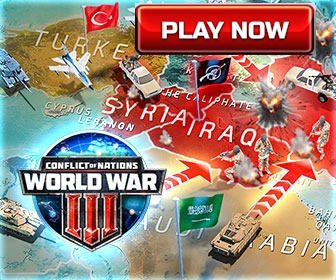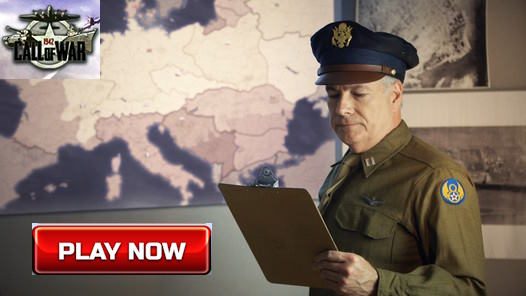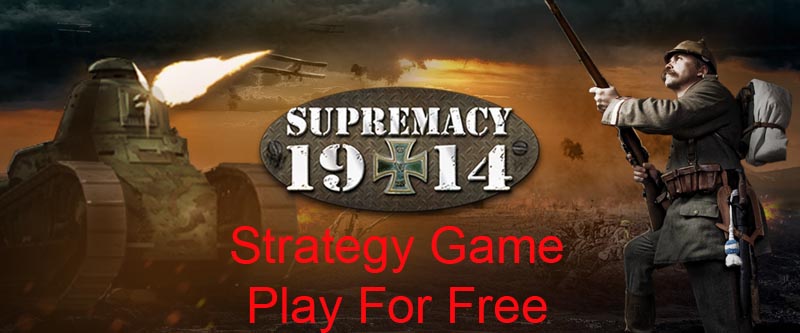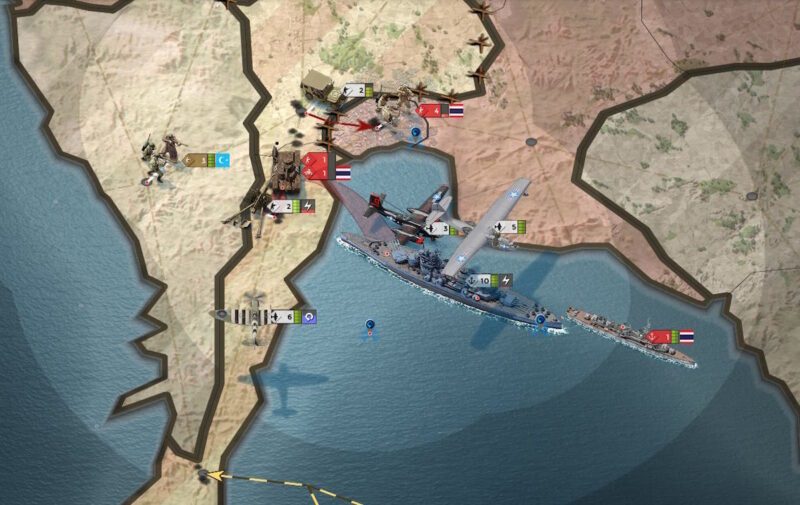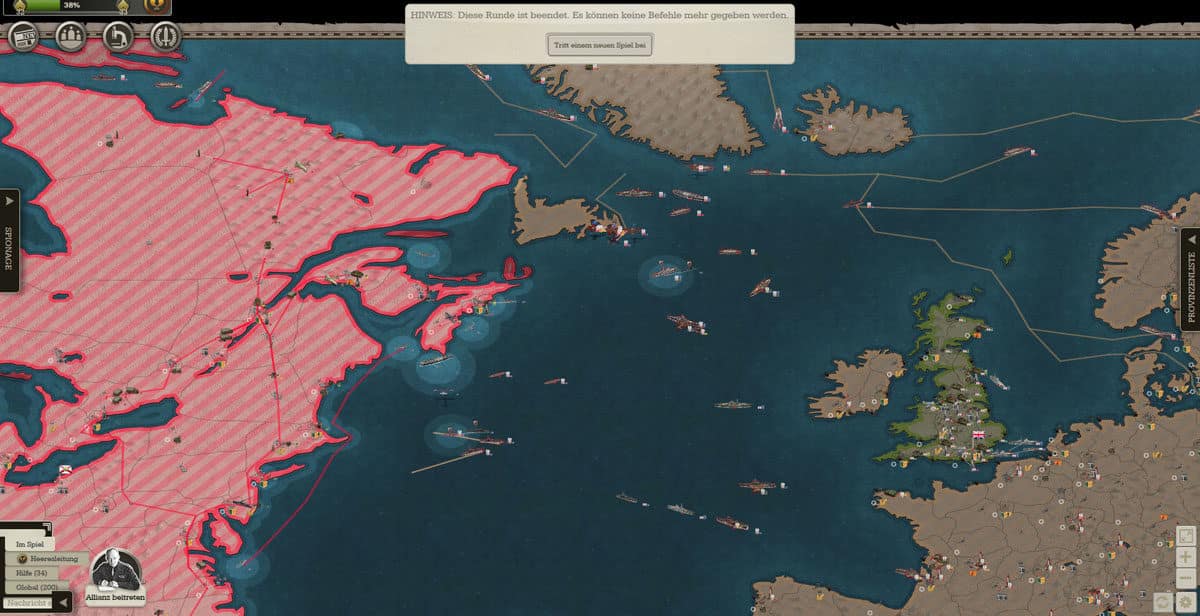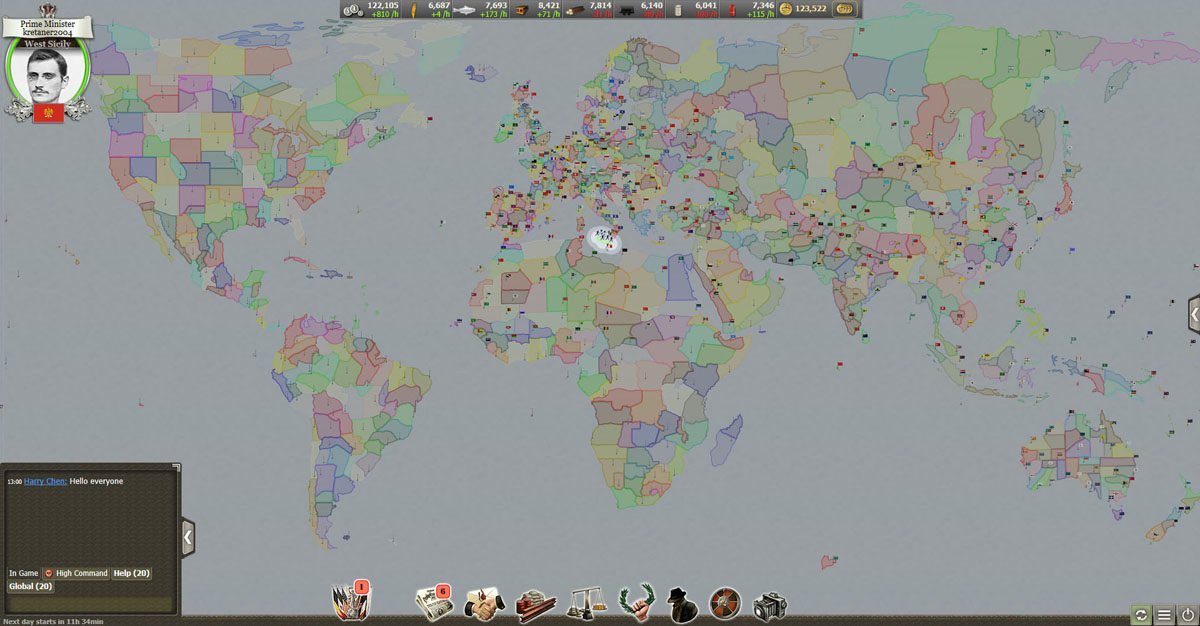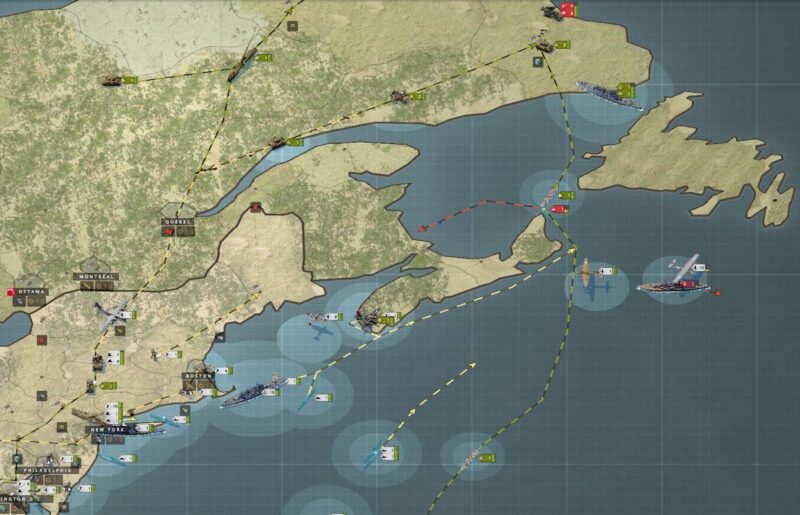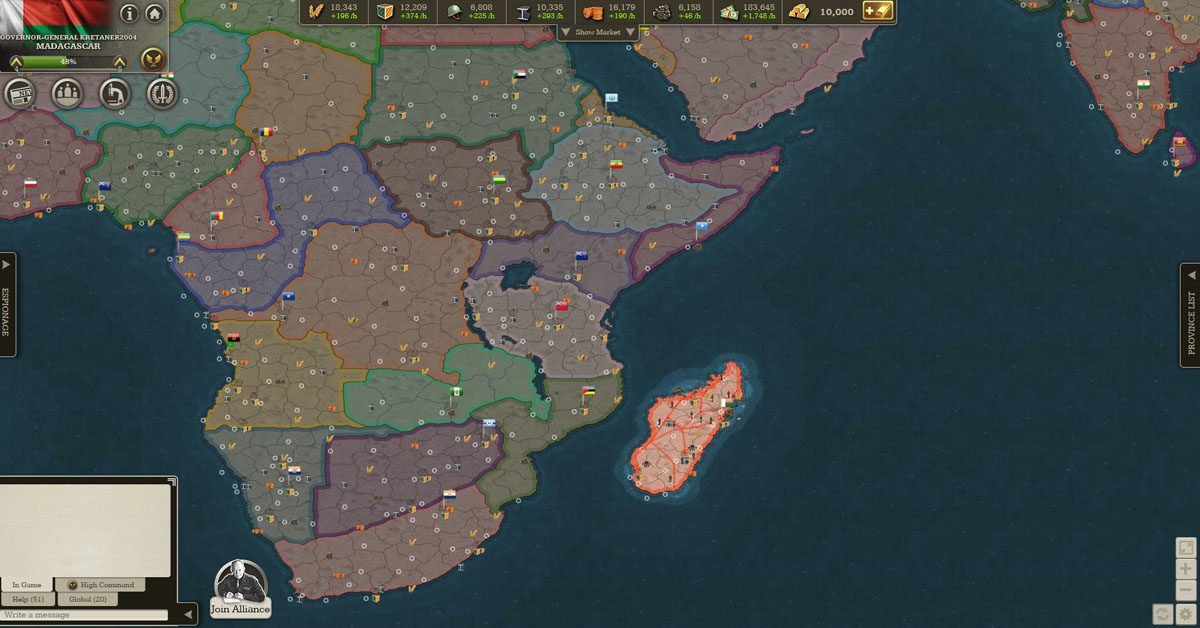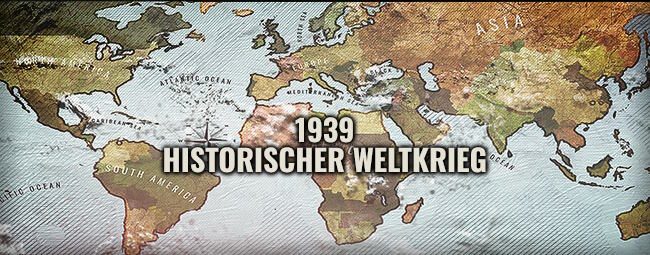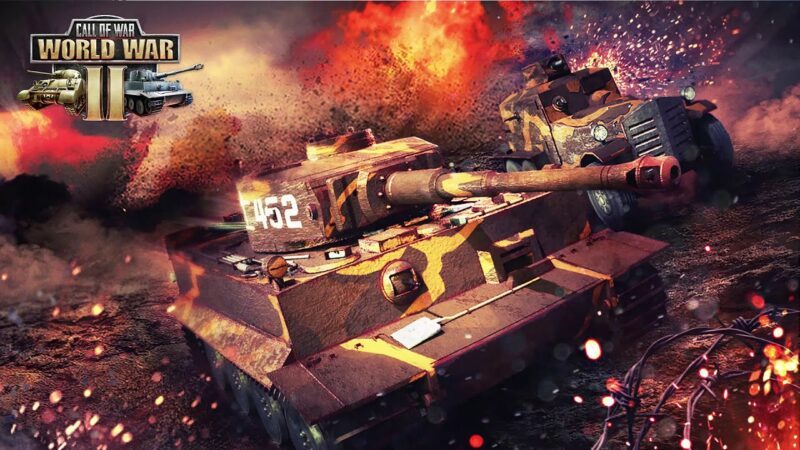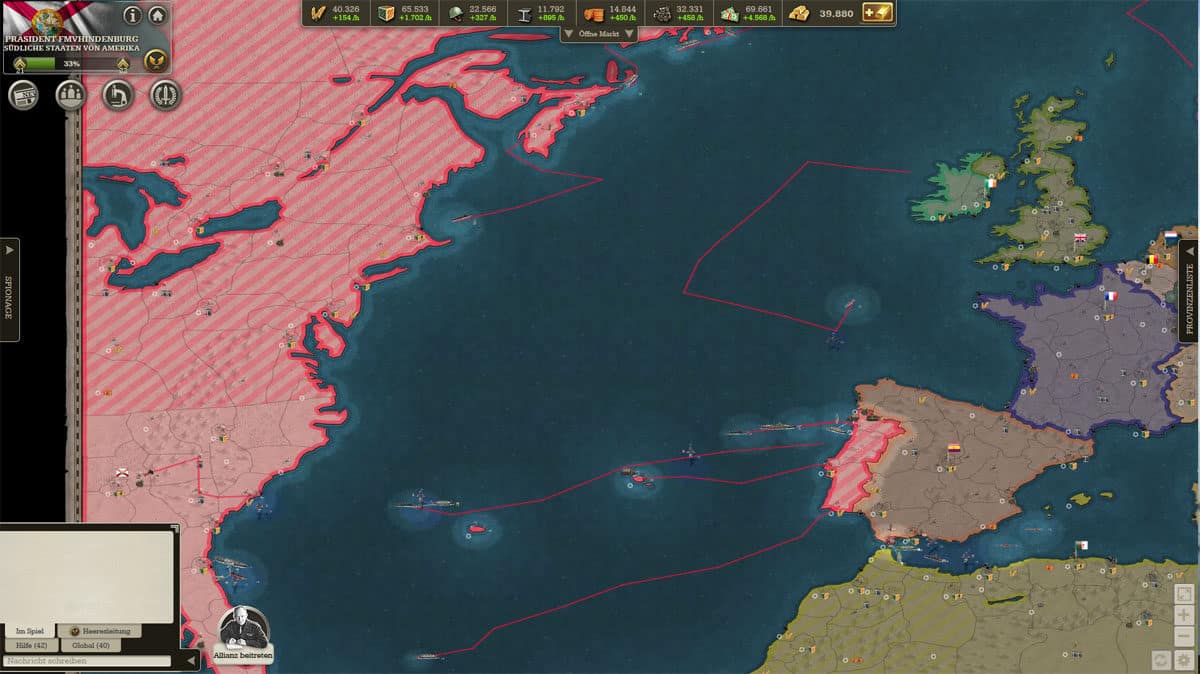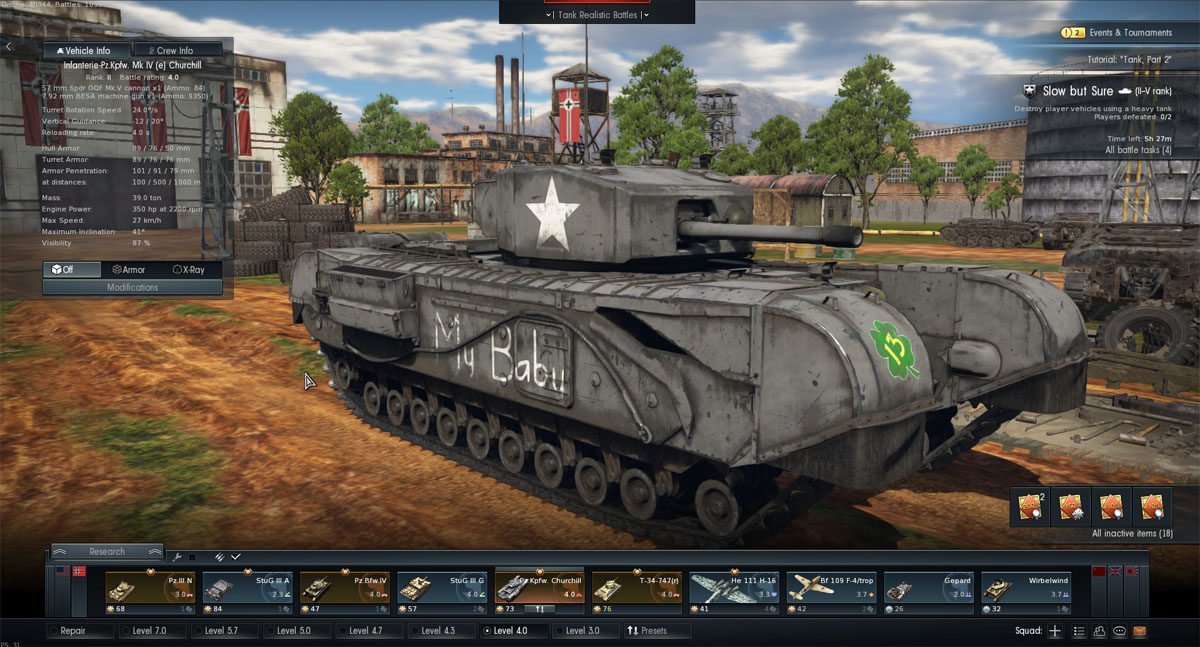The free-to-play browser strategy game Supremacy 1914 shines with new graphics and menus.
Supremacy 1914 has recently received a ‘Complete-Renovation’, which has considerably polished up the somewhat home-baked graphics of the original and also offers new scenarios.
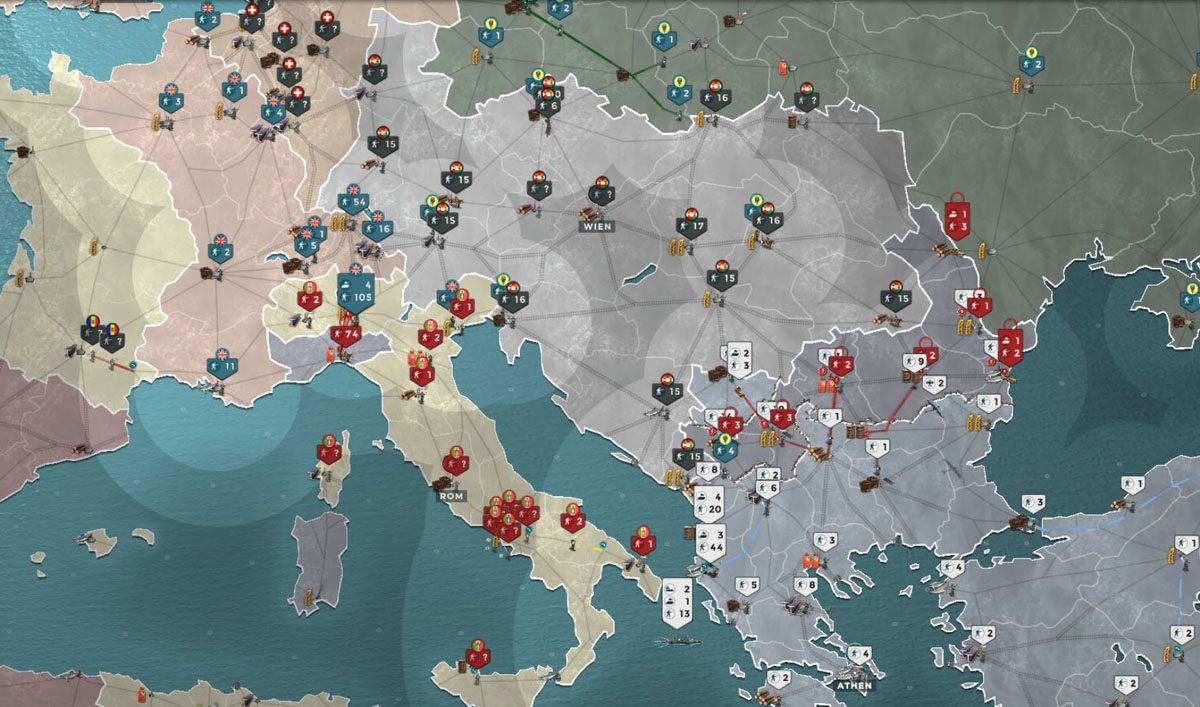
Game report from Supremacy 1914
Table of Contents
In addition to a much better representation of the units (above), the strategic map – in which you can zoom in and out – also looks much nicer, whereby the representation of the units adjusts itself – similar to the World War 2 offshoot Call of War.
Test and play Supremacy 1914 here:
Overview
Supremacy 1914 is a real-time strategy game developed by Bytro Labs. Set during World War I, the game allows players to take control of a nation and compete against others for dominance. Key features include:
Real-Time Strategy: The game progresses in real-time, meaning actions and strategies unfold over days or weeks.
Diplomacy and Alliances: Players can form alliances, negotiate treaties, and engage in diplomacy to strengthen their position.
Resource Management: Managing resources such as food, coal, iron, and oil is crucial for maintaining your nation’s economy and military.
Military Strategy: Commanding armies, planning attacks, and defending territories are central to gameplay.
Historical Setting: The game is set in the early 20th century, reflecting the geopolitical landscape of World War I.
The game can be played on both browser and mobile platforms, allowing for a flexible gaming experience.
Test game with Greece at ‘All Nations – All In’
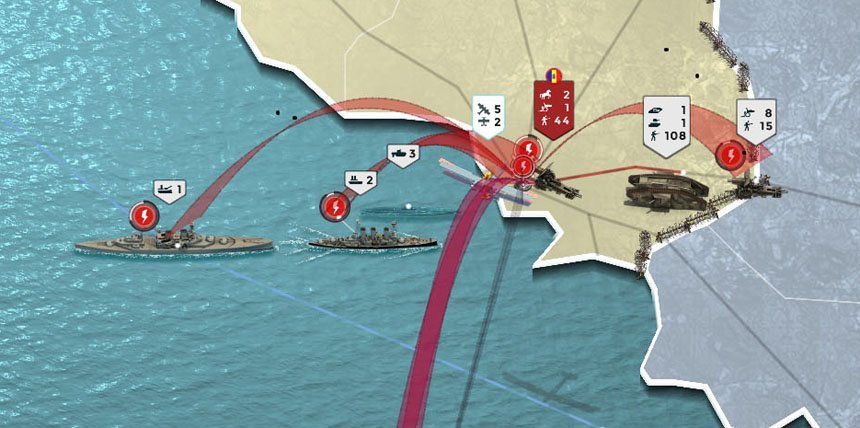
The author decided for this review of the ‘New Supremacy 1914’ for an event game ‘All Nations – All In’, where you can lead any European nation of the year 1914. The territorial sizes of most states correspond to the actual conditions in 1914, but some were merged into one nation for better playability, e.g. the Netherlands, Belgium and Luxembourg as ‘Greater Netherlands’, the Benelux states.
This means, of course, that as a smaller or medium-sized state between the major powers of the time, it is a bit more difficult. But because of this, the developer has given the smaller states more provinces in relation to their size, which also often have the double resources (symbolized by two resource symbols next to the provincial city). This can lead to a higher economic efficiency if the buildings are constructed skillfully.
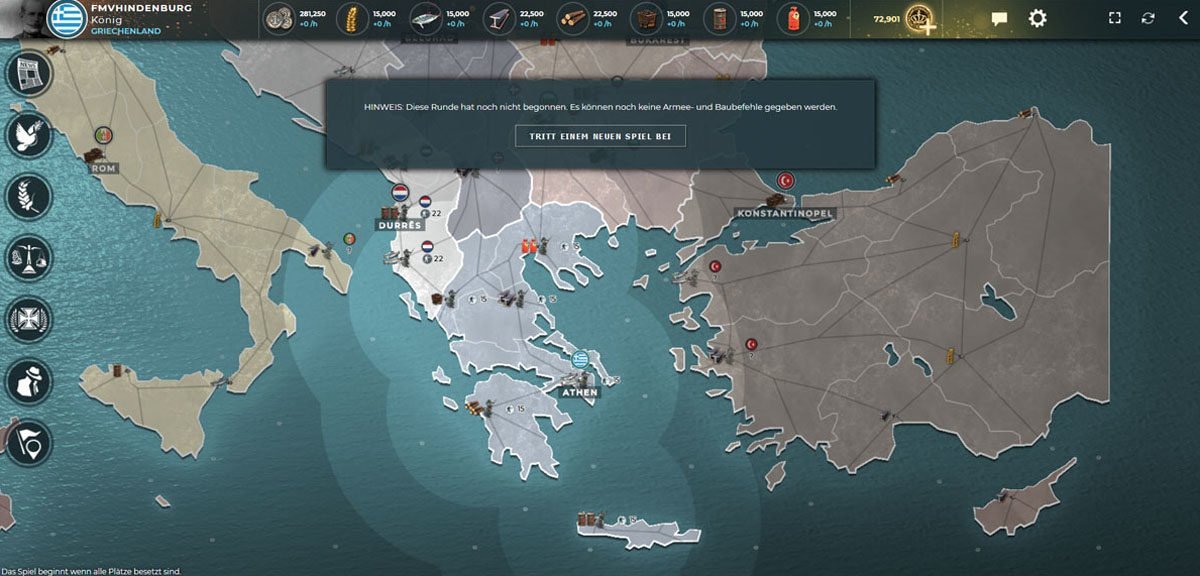
The author has decided in this game for ‘little’ Greece. This has the advantage, however, of being on the edge of the European map in the Mediterranean and it is easy to defend at the Larissa bottleneck in the middle. Additional, with Crete has a relatively safe, remote province with the double important raw material oil.
In the new Supremacy 1914, the raw materials and their stocks are also located on the top menu bar. From left to right these are money, grain, fish, iron ore, wood, coal, oil, gas and the premium currency gold mark. To the right you can see the chat and the game settings.
On the left side of the screen, from top to bottom, there are buttons for the newspaper (player news and messages), diplomacy (status to other nations and diplomatic messages), resources (consumption settings), resources exchange (buying and selling resources), coalitions (the alliances with their members), espionage (to recruit and send spies or defense agents) and the provincial administration (for a clear display of buildings and construction orders in all own provinces).
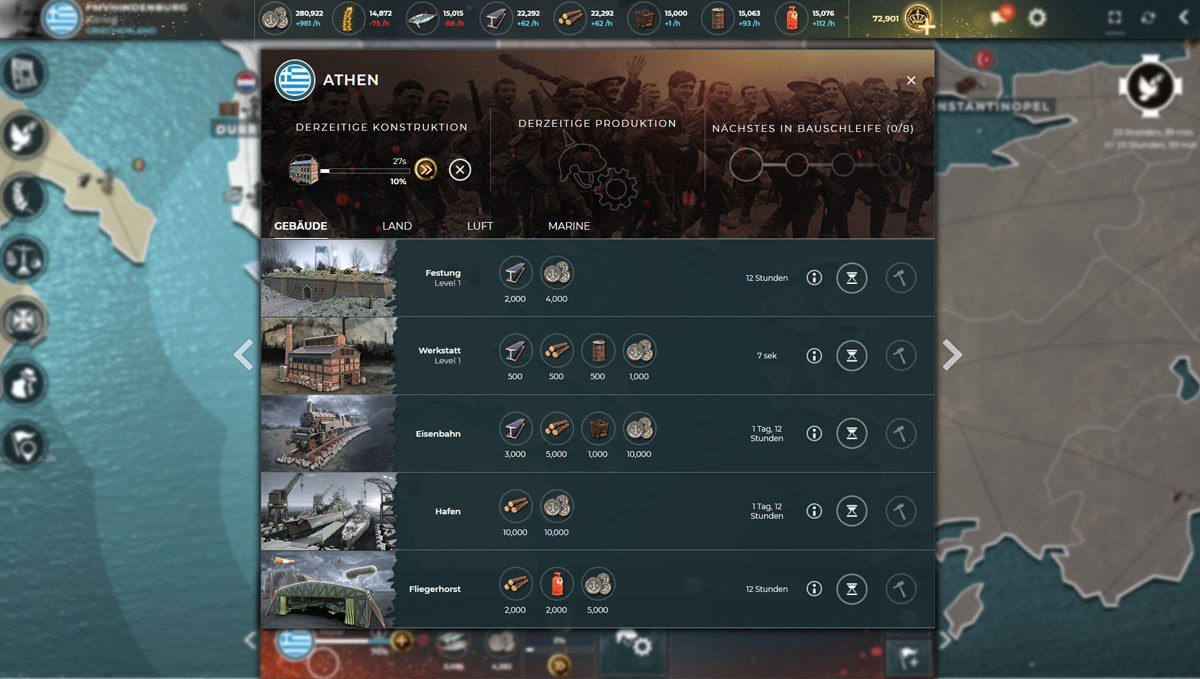
Strategy at game start
In the construction menu of the new Supremacy 1914 you give all orders for the construction of buildings, as well as land, air and naval units.
The right start with the construction of buildings with limited resources is crucial for the development of the economy and the military strength of the country. Anyone who slingshots, botches or simply ‘misses’ the right buildings to construct at the beginning will hardly get very far in the game later.
It is imperative to build a weir office in every province first, so that you can get new infantry units there practically free of charge on a regular basis, which are the foundation of every army.
In provinces with access to the sea and with important building materials (steel and wood to erect buildings), especially if these are available twice (marked with two symbols), a port should be built as soon as possible. This not only reduces the time spent embarking and disembarking and thus the travel time between provinces, but also increases the production of resources there.
It is also important to consider the travel time between your own provinces, e.g. in the case of Greece from Crete to the mainland and to the capital Athens, because how lower the travel time, the higher the morale on this island. And this in turn increases production and tax revenues.
At the beginning, one should not ignore one’s neighbors. Although you can contact them via the diplomacy menu and also conclude alliances, but sometimes it is better to prevent. Therefore, fortresses with at least level 2 should be built at strategically important locations or at not too long, insecure borders. The more skillful and shorter a fortress line is, the better it will withstand enemy raids and, above all, consume less steel construction material. Fortresses from level 2 also have the advantage that other players do not see your troop strength there on the map and thus the attack is subject to a certain risk.
Some contemporaries also like to start their attacks in the middle of the night or early in the morning, which sometimes means that you don’t notice this until hours later when logging in. Therefore, a strong fortress line to unsafe neighbors and a regular check of the situation is advisable. In Greece, the city of Larissa is a good place to do this, as a result of which one can easily secure the capital Athens and important raw material areas in the south with a single, well occupied fortress.

With workshops and barracks one should be economical at the beginning. Although additional barracks produce more infantry, they also consume much more grain. And in the case of Greece this is scarce.
You can create some help here by setting up those raw materials in the menu for the daily consumption of your own population, which you need least for other purposes or from which you have a surplus.
Also, the workshop is recommended to build only in provinces with important or scarce raw materials, because the raw materials for the armored car which can be built with it – beside perhaps two or three units for fast advance and exploration – are better saved for the construction of buildings.
Later, however, factories can be upgraded from the workshop, where all kinds of heavy weapons, airplanes and warships can be built. However, airplanes can only be built there if there is also an air base and warships with a port.
Foresighted planning when choosing the location is therefore important, especially since factories can be expanded up to level 4, which not only produces weapons faster, but also adds more resources from the province.
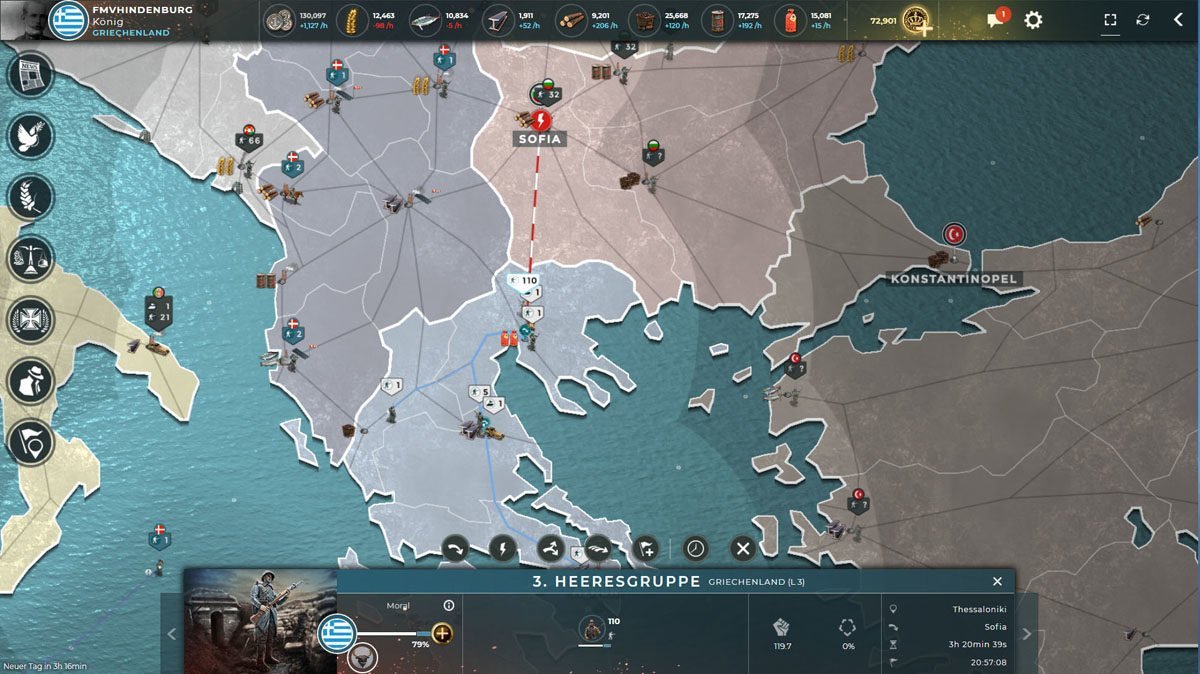
Course of the game
But now to the course of the game. In almost all online strategy games it is not uncommon for a good number of players to throw in the towel early on, partly because the state is not the one they want or the game is passing you by. These opportunities must be taken into account, because if a player has not given any orders for two days, his state is led by the AI (artificial intelligence), which, however, is not particularly ‘intelligent’.
There are also some small states led by the AI from the beginning, like Albania in the above screenshot, which was immediately overrun by Serbia.
In this game the author consulted with the player from Serbia and defined ‘zones of influence’. For Greece Bulgaria and Turkey have fallen away, while Serbia occupies Albania and then orientates itself towards the West and Romania.
The screenshot above shows the combined Greek infantry army on day 5 marching on Sofia, the capital Bulgaria.
It should be noted that a numerical superiority as large as possible to the opponent minimizes the own losses, which is especially important at the beginning. If you have high losses against the AI right from the start, you will quickly become the victim of a ‘human’ neighbor.
The capture of the capital – as early as possible or, as here, right at the opening of the campaign – is also important. Because the morale of the opponent drops strongly and your own rises and you capture many of the resources.
But in every conquered city you should leave about seven to nine infantry units as occupation troops for one day, so that the low morale does not lead to a rebellion and the loss of the province to neighbors, enemies or rebels !
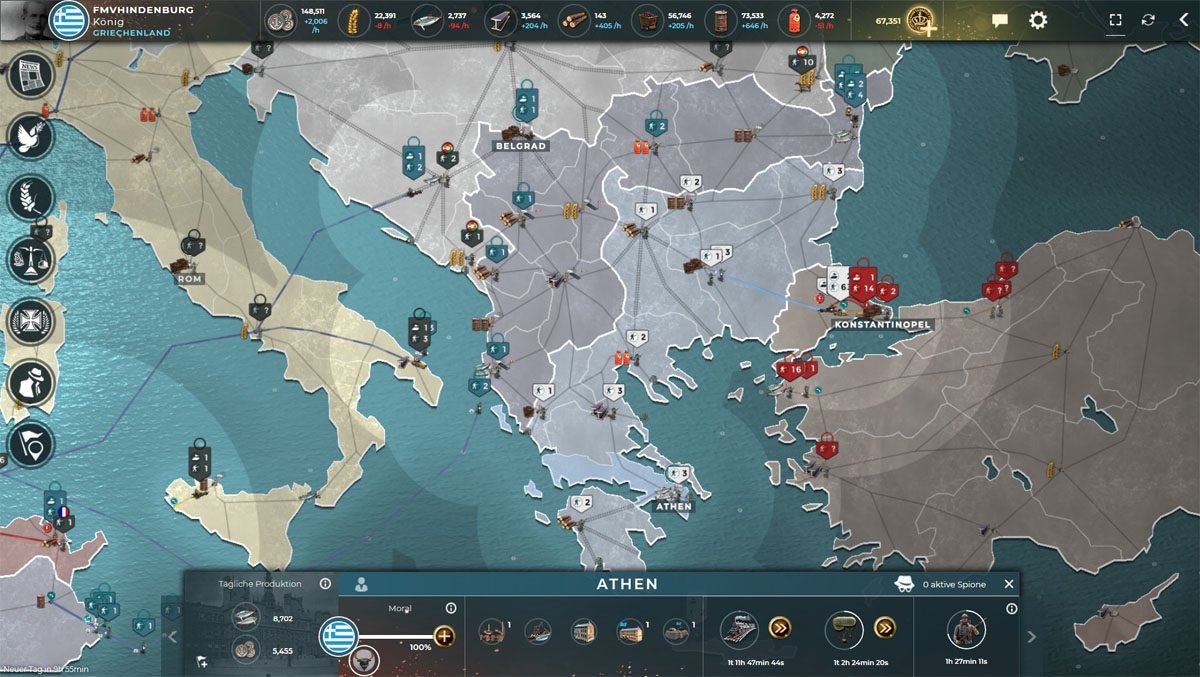
By day 9, the Greek army had conquered all of Bulgaria with small losses, and by then it had also turned out that Turkey was now controlled by the AI. There has been a loose alliance with Serbia through the ‘Common Map’, which allows you to see all parts of the map revealed by Serbian units. The Serbian troops (green-blue) have meanwhile conquered most of Romania and are on their way to Tunisia.
On the other hand, the Greek army has started the attack on Turkey (red units), repeating the principle: Massaging of the armed forces and immediate blow against the capital Constantinople. Meanwhile, Greece also had artillery built in the Athens and Chania factories on Crete. Thus, it is possible to position them with some infantry cover (consider counter fire of enemy artillery!) behind one’s own main force and to smash enemy troop concentrations or fortresses without losses. Usually the AI will then make a counter-attack if it does not have artillery at its disposal.
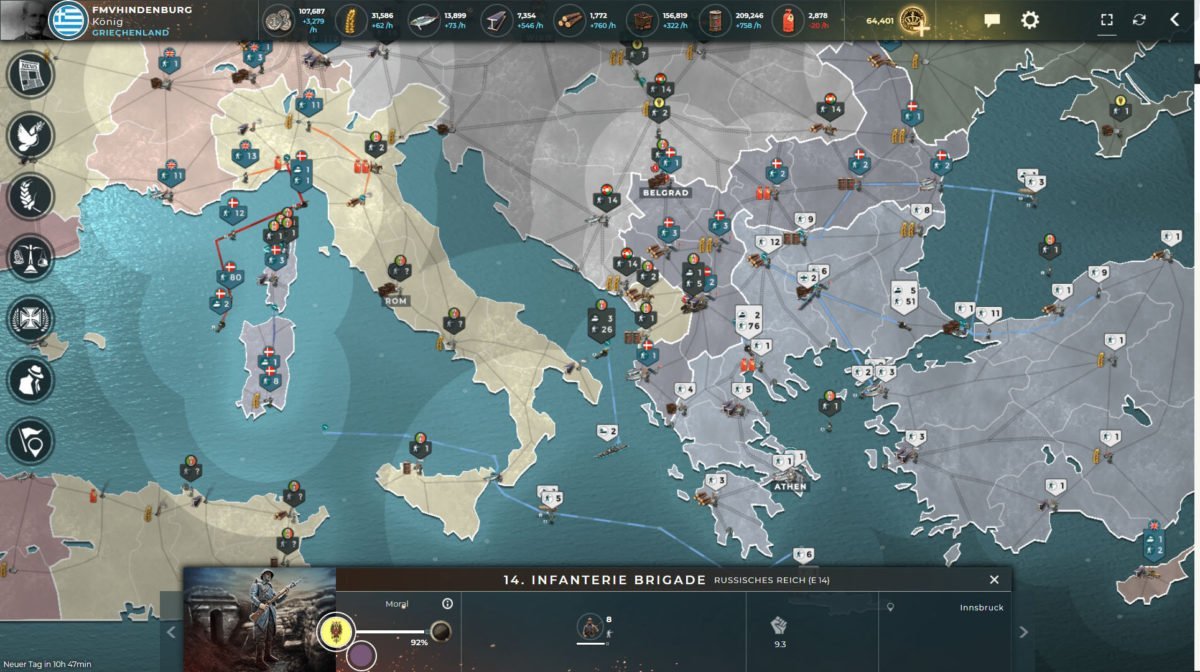
Fight against ‘real’ players
By day 15 Turkey had been defeated and conquered, so that the expansion of the Greek economy was now in full swing, as a clash with ‘real’ players was to be expected next.
But already on day 20 Serbia collapsed and its strategic maneuvers were not too clever. After he had conquered most of North Africa, the Serbian army was sent almost entirely towards the south of France, now occupied by British troops, as Serbia’s allies were Russia and Austria-Hungary, who fought against the alliance of Holland and Great Britain.
As almost no Serbian troops remained in the Balkans and North Africa, Portugal (dark pink) and Italy (yellow) joined the enemies of Serbia and overrun all of North Africa in one night, marched through Austria-Hungary, which was meanwhile controlled by AI, and also invaded Albania.
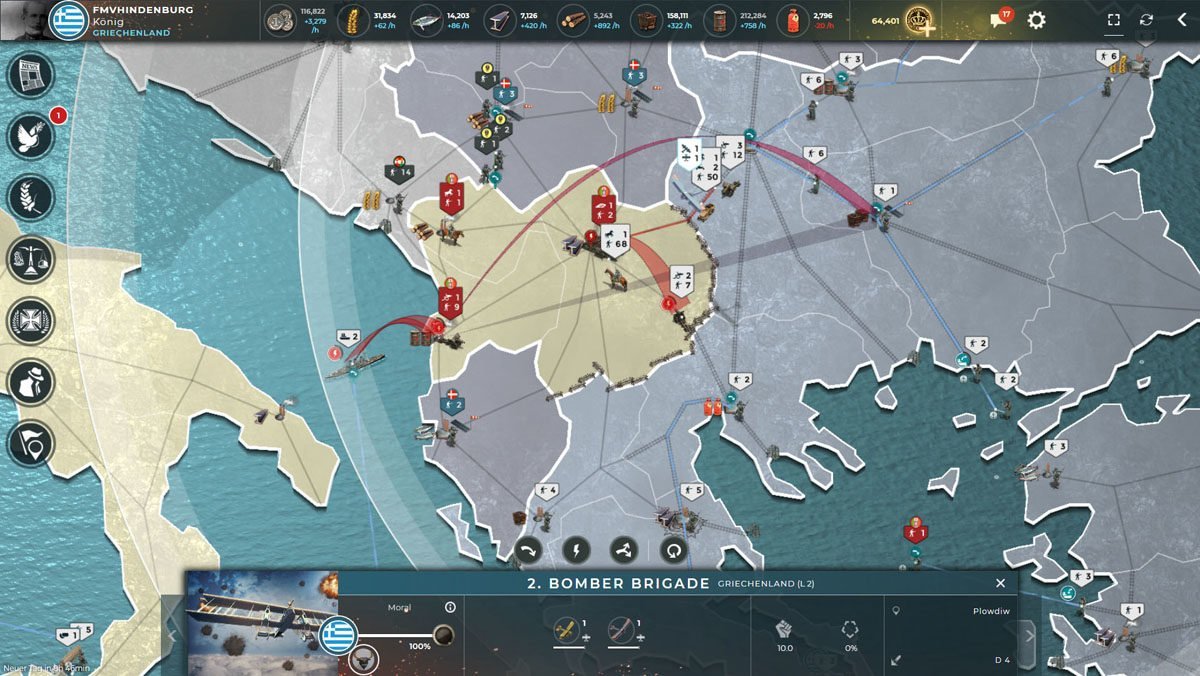
Since Greece is likely to be the next victim of this overweight alliance, the Greek army attacked in the Balkans and expelled the Italians. Since the player from Serbia did not return after his failure, Greece was forced to occupy all of Serbia one day later to prevent further enemy bases.
On day 23, Portugal began a rather uncoordinated and ill-considered attack by its superior infantry army across the Adriatic to the Greek coastal positions. Bombers, however, are a very effective means of quickly destroying units at sea, and so almost the entire Portuguese army was sunk at sea with no loss of its own.
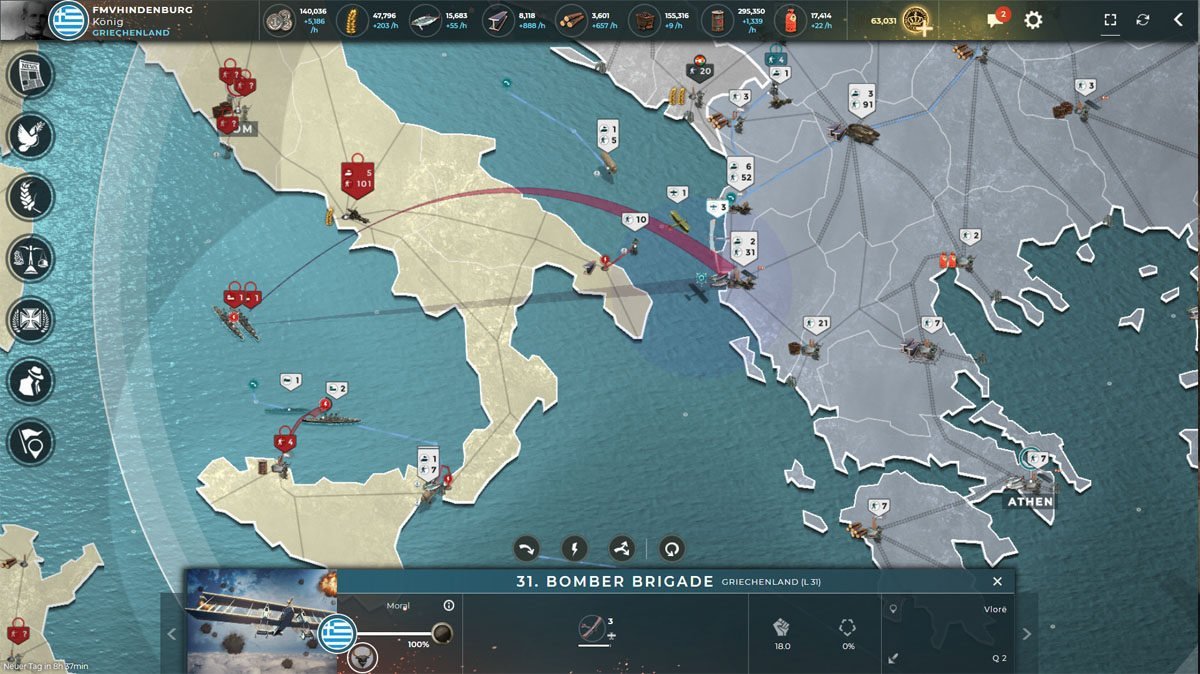
In return, the Greek landing began on day 25 with a command troop of only 10 infantry units to Bari. This took place under air cover, which had destroyed all enemy troops there before. From Crete, a second group was on its way to Calabria to occupy it as well, after the Greek fleet had bombed it freely before. Meanwhile, the fleet stands in front of Palermo to bombard the factories there and is covered by a submarine in front of the Portuguese fleet further north (see previous screenshot).
By the way, the Portuguese fleet suffered the same fate a short time later like its infantry comrades before in the Adriatic Sea by bombers. The approach course of the Greek airplanes through the violet bow is well to be recognized.
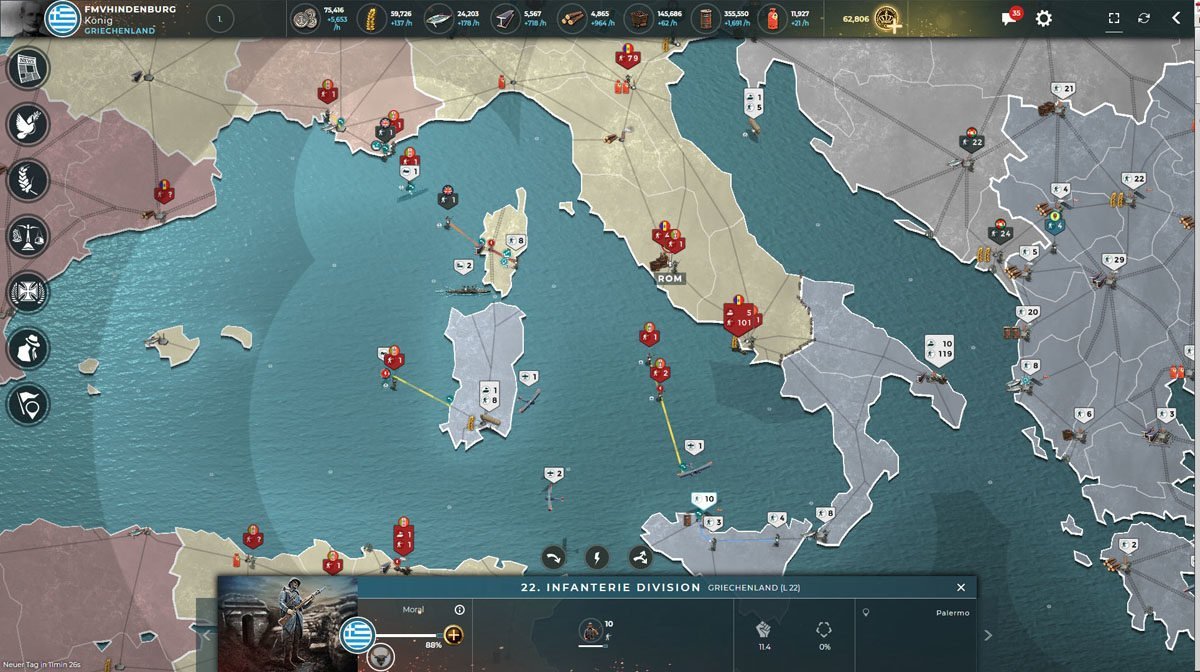
By day 27, Sardinia and Corsica were occupied in the same pattern as Sicily (where a battleship under construction was found, which the Greek navy could take over shortly afterwards as ‘Rome’).
Bombers and the fleet secure the operations and destroy enemy assault attempts, while in Bari a numerically strong army was disembarked to attack Naples.
The attack on Naples took place on day 29 and the screenshot of the battle, which involved infantry, cavalry, armored cars, the battleship ‘Rome’, cruisers, submarines, bombers and heavy and light tanks, can be seen at the top of this review.
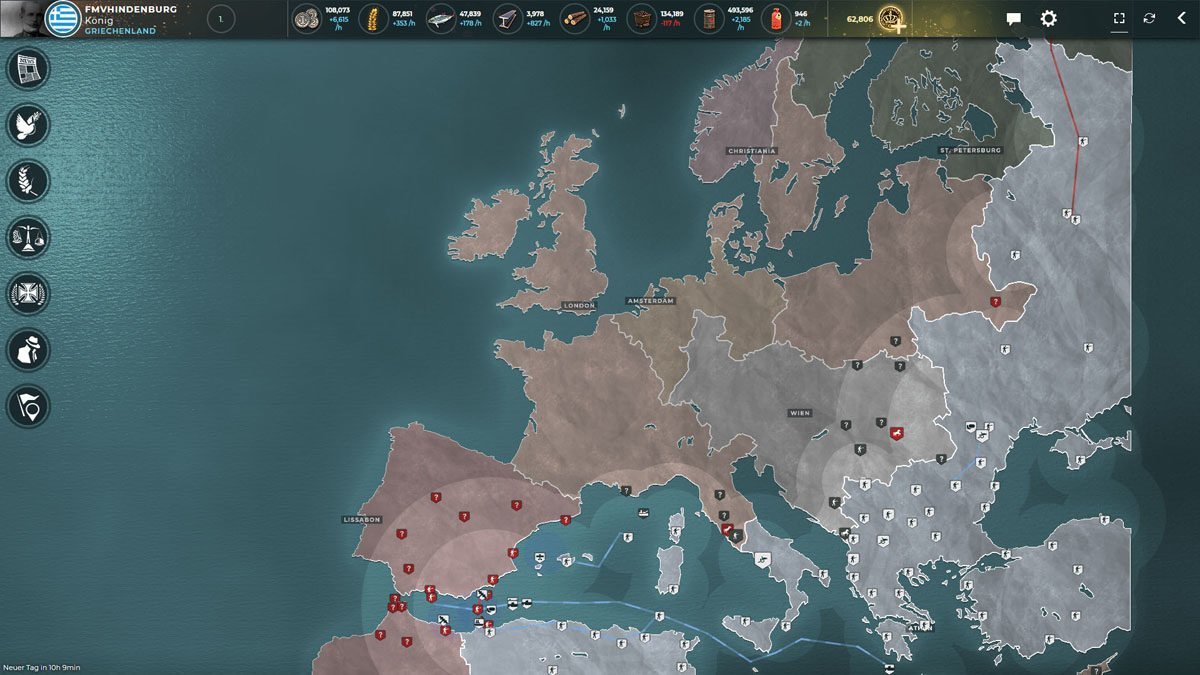
On day 32 Europe looked like on the screenshot above: Greece (field gray) dominated the Balkans, Turkey, Southern Italy, Corsica, Sardinia, the Balearic Islands, Tunisia and Algeria. In the meantime Russia has also ‘thrown in the towel’ and was partly controlled by Greek troops.
Greece had agreed to coexist with Great Britain, even though the country belonged to the enemy coalition. But the player from Great Britain was a little disappointed about the performance of his allies and even took part in the occupation of the remaining Italian territories.
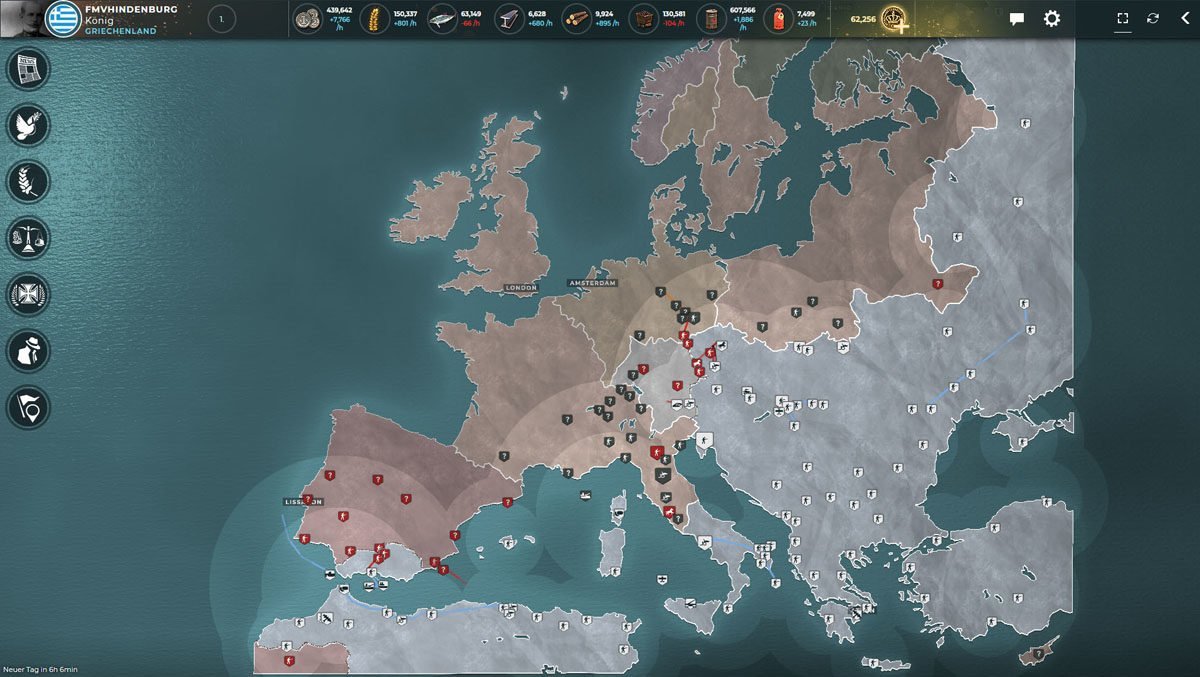
The road to victory
The most exciting part of the match was over and now it was all about winning the game with 1,000 points.
In addition, the Greek troops landed in Portugal’s Spain from North Africa across the Strait of Gibraltar.
Meanwhile, Holland started an attack on Austria-Hungary, which was ruled by the AI. After a short time the Dutchman attracted almost all Austrian troops, so that the strong Greek army on the Balkan border could overrun and occupy most of Austria-Hungary.
This meant that the goal of 1,000 points was soon reached once morale in the newly conquered provinces had recovered.
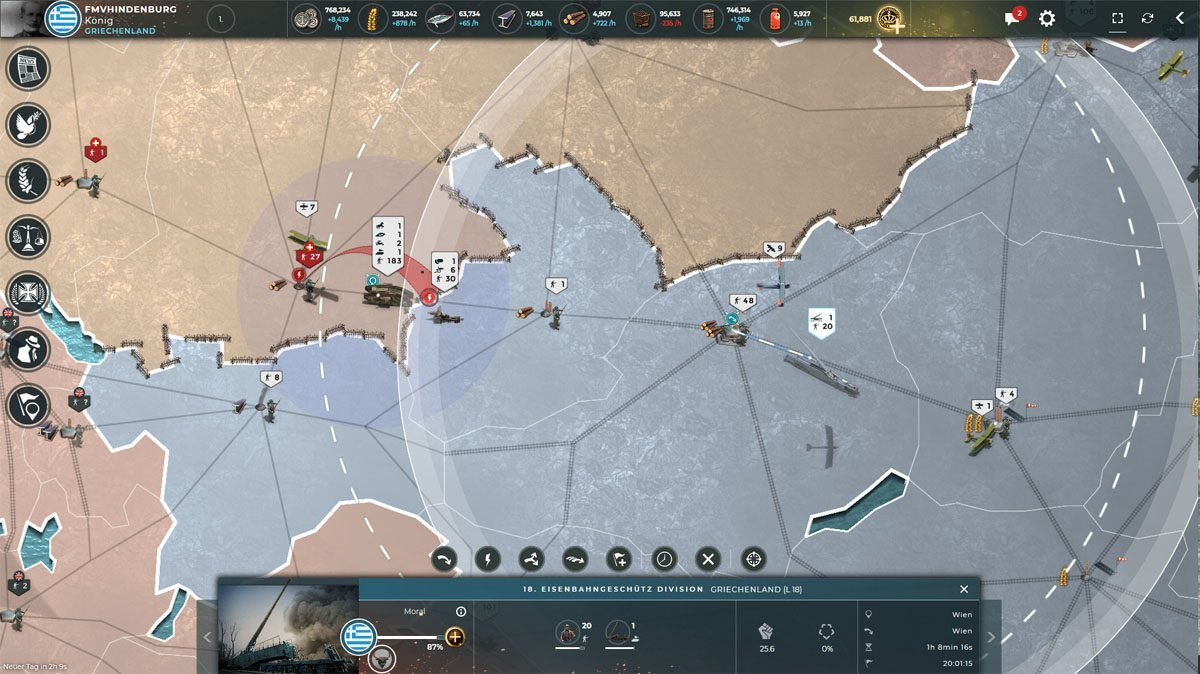
Now a short intermezzo of a Portuguese counterattack and a Dutch invasion of the Greek territories of former Austria-Hungary began, but which could be repelled quickly and easily.
Now what had to come quickly came: ‘Little Greece’ won the First World War and left all the great powers behind. This happened primarily through the early and extensive establishment of an air force, which all opponents and allies had slept through.
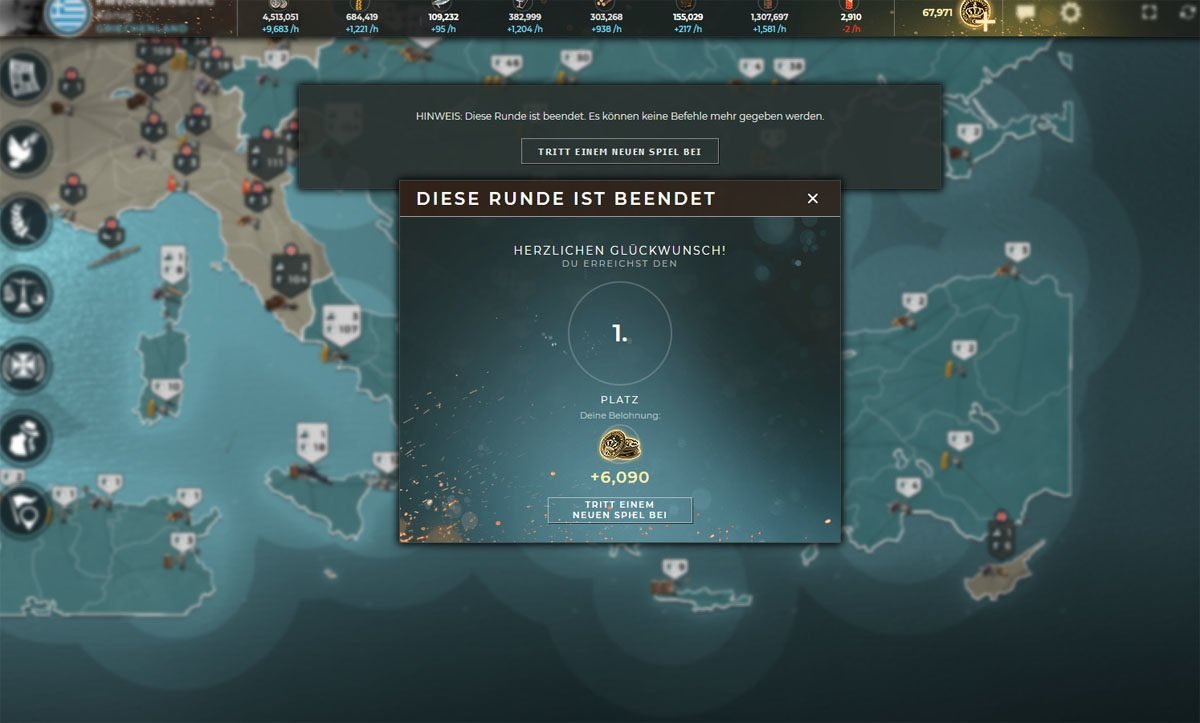
In Supremacy 1914 there is also a reward in premium currency and progress in the rank of one’s own account for the victory, whereby a larger selection of scenarios for playing etc. is available.
By the way, premium currency is useful for increasing morale in newly conquered provinces, so you don’t have to leave so many occupying troops behind, or speed up construction projects. Here, players who don’t always have time to log in will be able to use Goldmark to compensate.
With this detailed description and numerous tips, the author hopes to have whetted the appetite of one or the other strategy player for the game and to have given all necessary information for a successful government.
Test and play Supremacy 1914 here:




